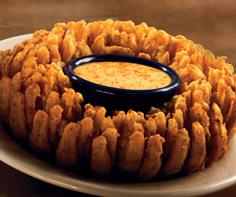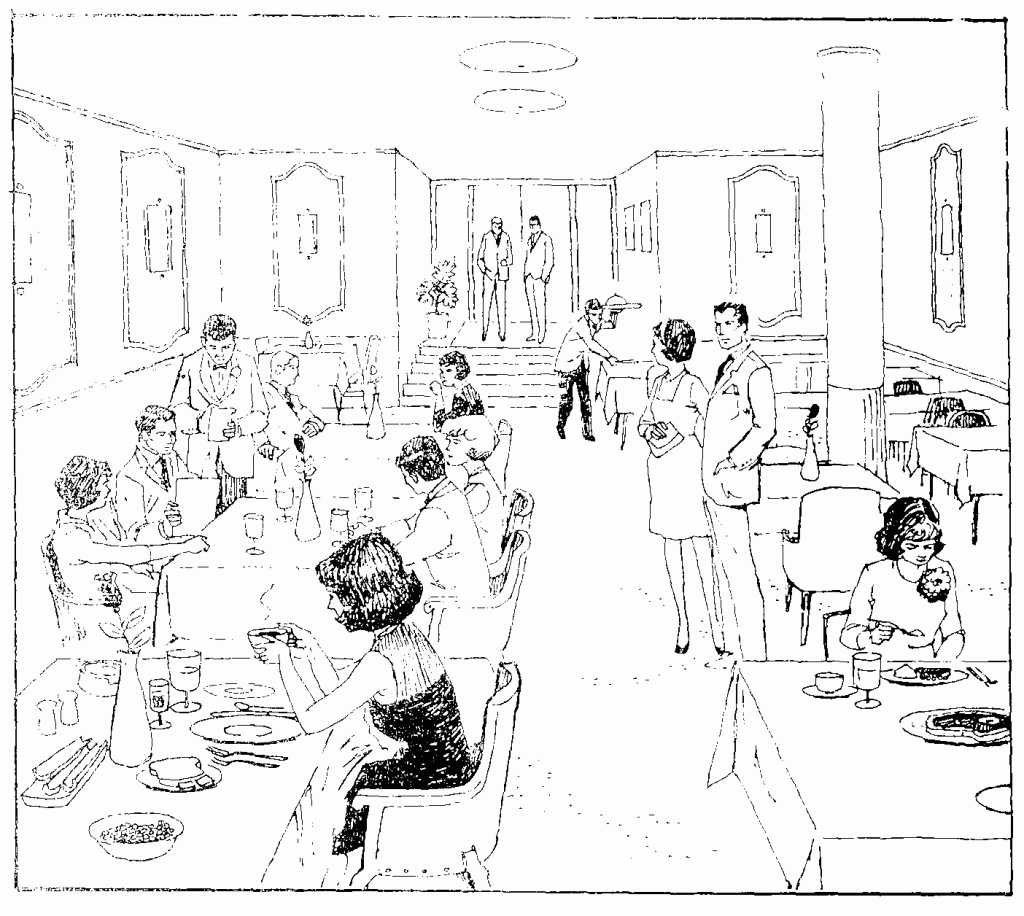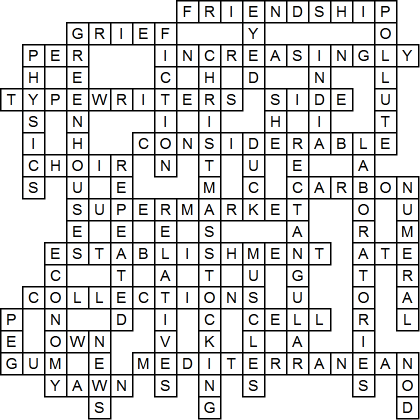1. Is the restaurant completely full?
No, there are some empty tables.
2. Are the people in this restaurant dressed elegantly or simply?
The people are elegantly dressed.
3. What is the woman in the foreground drinking?
The woman in the foreground is drinking coffee.
4. What kind of food is on the table in the bottom left corner?
There is a slice of bread, a couple of pats of butter, some celery, and a bowl of peas.
5. What kind of seasonings do you usually find on the dinner table?
We usually find salt and pepper on the dinner table, as well as sugar.
6. What kind of silverware is to the right of the plate?
To the right of the plate is a spoon and a knife.
7. How many forks does each guest get in this restaurant?
In this restaurant, each guest gets two forks.
8. Do you begin eating with the left or the right fork?
We begin eating with the left fork.
9. What stands in the middle of each table?
In the middle of each table stand a vase with a rose.
10. At the second table does the man or the lady order the meal?
At the second table, the man is ordering the meal.
11. What is the man by the waiter reading?
The man by the waiter is reading the menu.
12. What is on the top of the stairs?
On the top of the stairs is a potted plant.
13. Who is setting the table in the background?
A waiter is setting the table in the background.
14. What is the couple in the middle waiting for?
The couple in the middle is waiting for a table.
15. Who is wearing a corsage?
The lady at the table in the lower right-hand corner is wearing a corsage.
16. What is the lady on the first table on the right eating?
She is eating a steak.
17. Where do you see a column in this picture?
We see a column on the right-hand side in this picture.
18. Do you say “cheers” when you’re drinking coffee or when you’re drinking wine?
We say “cheers” when we’re drinking wine.
19. Do you say “enjoy your meal” before or after you have eaten?
We say “enjoy your meal” before we’ve eaten.
20. When do the guests get the check from the waiter?
The guests get the check from the waiter after they’ve eaten dinner.
Paragraph: A Meal in a Restaurant
Write a paragraph about a meal you ate in a restaurant. What did you have to eat? How did you enjoy it? What kind of restaurant was it? Was the restaurant elegant and fancy, or was it plain and simple?

On New Year’s Eve we went out to eat at Chili’s. Chili’s is a mid-level, casual dining restaurant – it isn’t a fancy restaurant where people have to get dressed up, but neither is it a fast food place. This restaurant focuses on a “Tex-Mex” (Texan-Mexican) cuisine. Many of the flavorings of their dishes come from hot peppers, giving the restaurant its name.
The first thing that we had was an appetizer called an onion “blossom.” It is an onion that is cut to resemble a flower with its petals wide open. The onion is dipped into a batter and then deep-fried. The individual “petals” of the onion flower look like French fries, and can be dipped in a sauce that comes with the appetizer.
After the appetizer, we had our main meal. I ordered a grilled chicken breast, and my husband ordered steak. Hannah ordered chicken strips, as she usually does. We both enjoyed our dinner, but the steak seemed a little on the small side. I thought about having some dessert, but after finishing the meal I was full.


